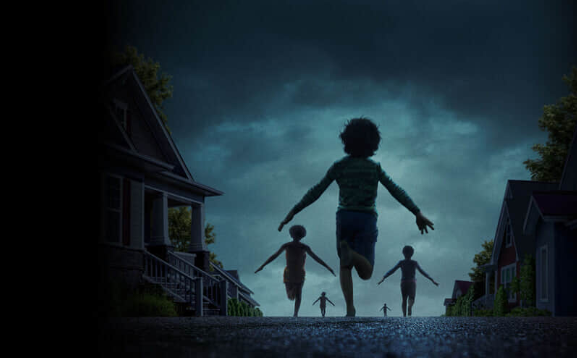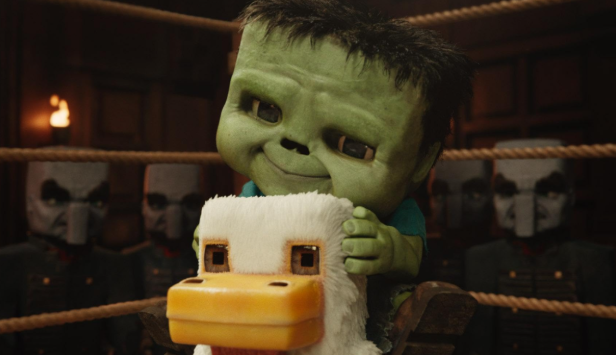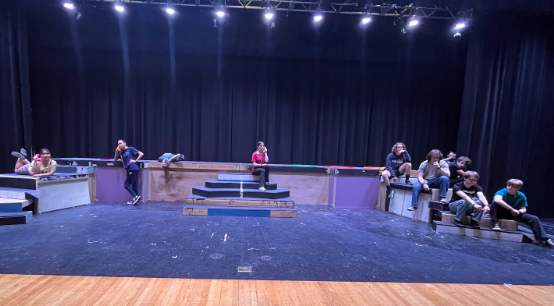“KPop Demon Hunters” ‘takes down’ the competition with ‘golden’ hits
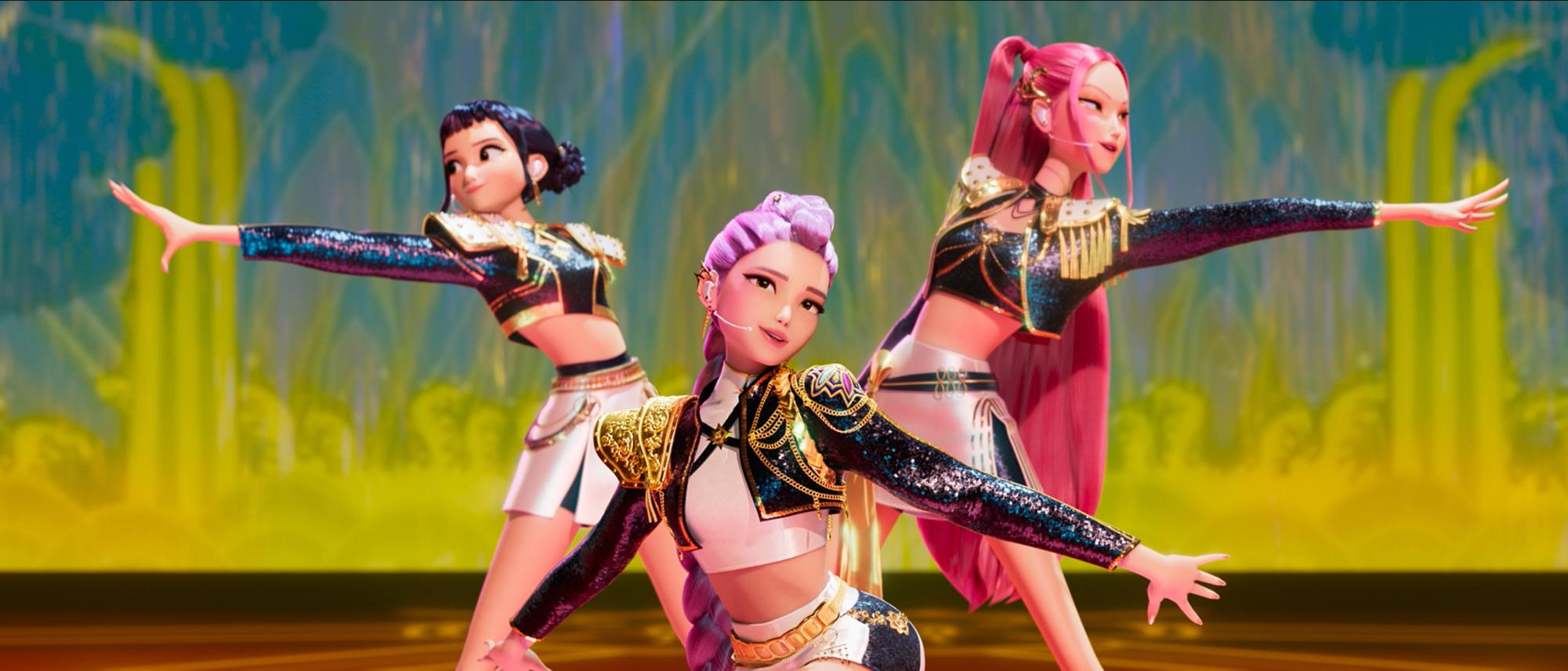
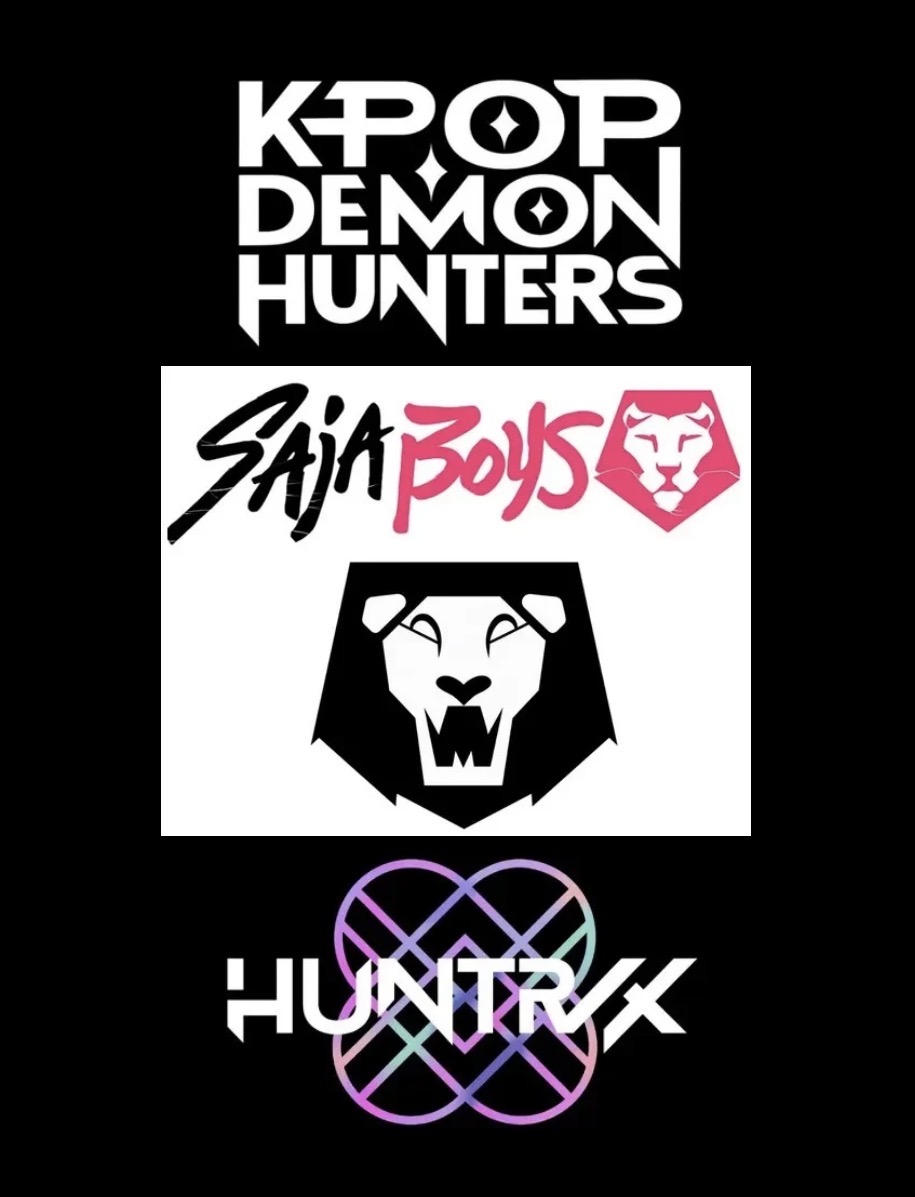
“You’re my soda pop, my little soda pop.”
“Gonna be, gonna be golden.”
“Better sit down for the show, ‘cause I’m gonna show you how it’s done, done, done.”
“Listen ‘cause I’m preaching to the choir.”
“HUNTR/X girls to the world: It’s a takedown!”
Many of these lyrics might sound familiar, as they’ve made their rounds of TikTok, Instagram, YouTube and more. In the span of just two months, Netflix’s “KPop Demon Hunters” (KPDH) has amassed a cult-like following, with many songs from its 12 song playlist sweeping the top spots on the charts. It’s no wonder that it’s become Netflix’s most-viewed movie of all time with over 266 million views, completely dwarfing the numbers for “Red Notice” (230.9 million) at #2 and “Carry-On” (172 million) at #3.
I count myself among the fans entranced by the film. Its beautiful storytelling, irresistible beats and rich animation make it a must-watch for anyone, no matter their age or background.
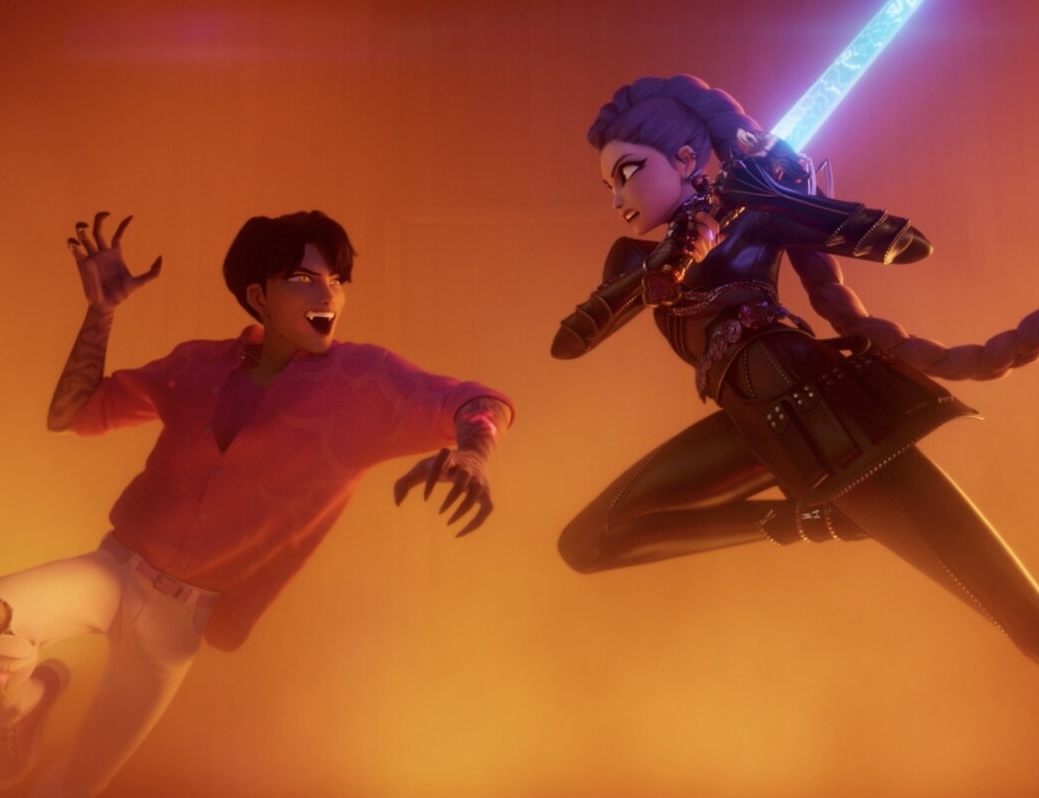
The movie follows the members of HUNTR/X, a Kpop girl group that secretly hunts demons, as they embark on their journey to seal the Honmoon — a protective barrier against demons — using the power of their music. The group consists of Rumi, the powerhouse lead singer with a secret; Mira, the lead dancer shunned by her family; and Zoe, the rapper/lyricist with an alienating cross-cultural background.
Early in their quest, the barrier begins to shimmer golden — indicating that it’s close to being sealed — but their progress is quickly threatened by the arrival of the Saja Boys, a demon boy band sent by the demon king Gwi-Ma to halt HUNTR/X in their tracks. Their plan? To steal the very foundation HUNTR/X relies on to sustain the Honmoon: the fans.
As the conflict escalates, Rumi wrestles with the burden of her hidden half-demon heritage, while Jinu, the lead singer of the Saja Boys, struggles with his ancient guilt-ridden backstory. In the middle of this cacophony of chaos, their blossoming relationship (exemplified in the ballad “Free”) becomes an unlikely song destined to heal not only themselves — but also the whole world.
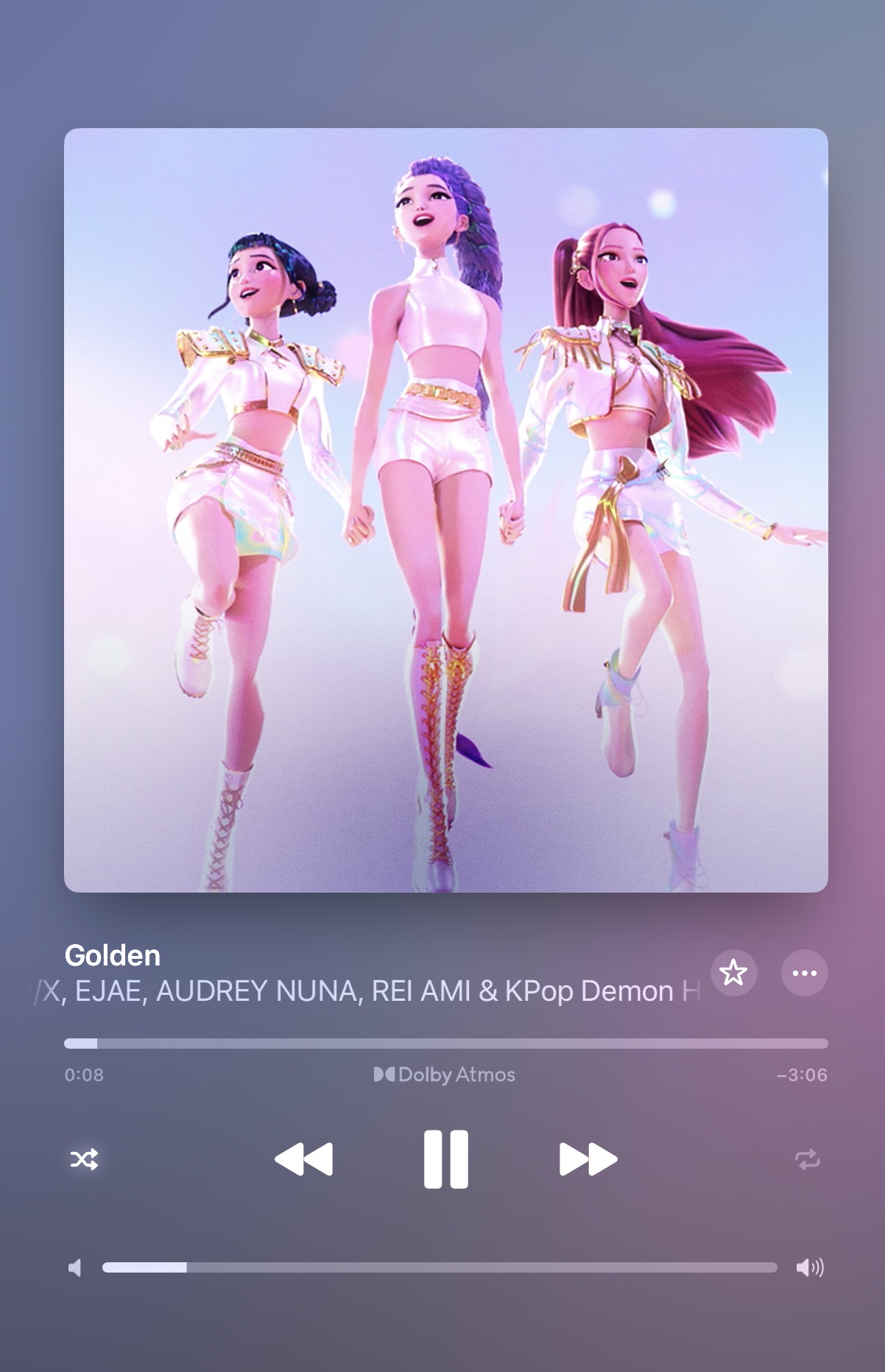
Of course, such a compelling story wouldn’t be complete without a catchy soundtrack. It’s safe to say that the KPDH songwriters understood the assignment.
Earworms are songs that get stuck in your head. Singular songs, may I add.
Somehow, defying all previous conventions, the entire KPDH soundtrack is an earworm in and of itself.
My absolute favorite song was “Golden” — Rumi’s deep lyrics about trying to shine despite going through an identity crisis really resonated with me, and her mix of extremely high and low notes became an invigorating challenge for me as a singer. It looks like other people agree as well, as the song hit No. 1 on Billboard’s Hot 100 and Global 200 lists, and social media platforms filled with videos of people attempting the difficult vocals. “Golden” is also the first Kpop single to top the Official UK Singles Chart since PSY’s Gangnam Style in 2012 — truly a worldwide hit.
From “Your Idol,” the mysterious double entendre, to the absolutely irresistible “Soda Pop,” the film’s 12-track album flows like a real Kpop comeback, even including choreography just begging to be featured in viral dance challenges (the fans have not disappointed). The true stand-out element is the way they’ve fused cultures: traditional Korean instruments like the gayageum are layered beneath heavy EDM beats while pansori-inspired lyrics follow right alongside rapid-fire rap sequences.
What many have noted that I agree with is just how much HUNTR/X and the Saja Boys feel like real Kpop groups — so much so that they’ve outperformed existing groups like BLACKPINK and BTS on the charts.
Beyond just being good songs, the soundtrack was literally made for the digital age. So many social media sites have blown up with remixes and other fun reels, propelling the tracks into every corner of the internet and turning animated lyrics into cultural catchphrases. In doing so, the music didn’t merely play a supporting role to the film — it actually evolved into its own phenomenon, a characteristic that launched many Disney movies to legendary status as well. With the inclusion of actual Kpop artists like EJAE (the singer for Rumi) and Kevin Woo (the voice behind Mystery Saja), the pop star quality was truly “golden.”
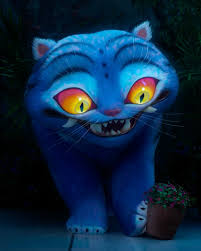
Visually, KPDH beautifully intertwines traditional elements and trendy vibes. The animation glows with bright neon concert scenes, authentic choreography and battle sequences that pulse with the rhythm of the music.
Don’t believe me? Just pull up any clip from the movie and you’ll see what I mean. The onscreen images reinforce the lightheartedness of “Soda Pop,” the haunting melody of “Your Idol” and the emotional reunion of “This is What it Sounds Like” just to name a few.
Yet beneath the glitz and glam lies a rich layer of Korean mythology from which concepts like the Honmoon, Derpy (the absolutely adorable tiger) and demons are all derived. By weaving folklore into a modern Kpop aesthetic, the film manages to retain a uniquely Korean quality while still being universally relatable.
On top of that, Rumi’s half-demon identity, Mira’s tenuous family ties, Zoe’s yearning to belong and Jinu’s heavy guilt and shame are more than just plot points; they’re metaphors to which we can all relate in some way, which amplifies the appeal of the movie as a whole.
Speaking of amplification, no film is complete without its fandom, and boy, did the fans deliver. Within days of release, an entire fan base that seemingly rose overnight organized global watch parties, viral dance challenges, lyric translations and more. (“Soda Pop” alone was officially translated into over 13 different languages.) People even began to “stan” (Kpop speak for “follow”) their favorite idols from the movie, a verb that had previously exclusively been reserved for real-life Kpop groups.
The collective energy that came from tapping into the hearts of existing Kpop fans boosted KPDH’s fame far beyond Netflix, even attracting viewers who’d never taken an interest in Kpop before. It was proof of the fandom’s unmatched power. When mobilized, they don’t just act as consumers of culture; rather, they create, spread and sustain it across borders.
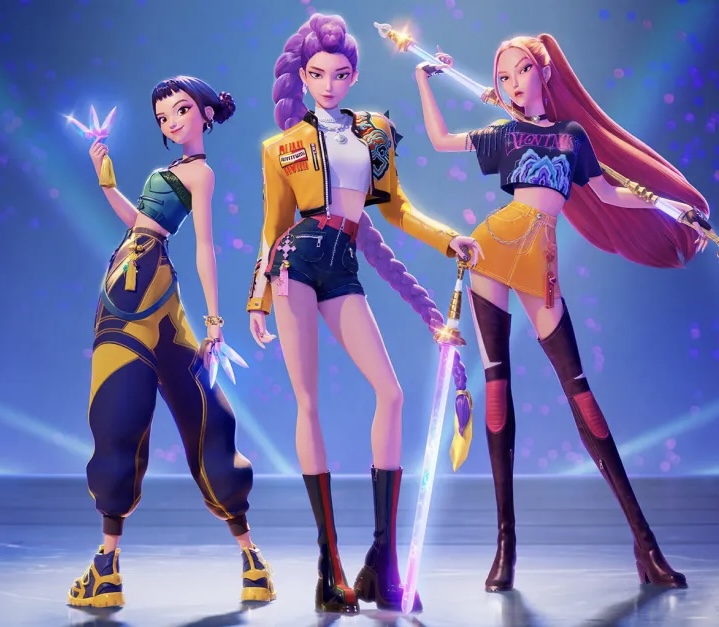
After watching the movie for the fourth time with my little sister, I was struck by a thought. What makes KPDH so amazing isn’t any single element — not just the music, visuals or storyline. It’s the hidden chord struck when all three resonate together.
The film harnesses the addictive power of Kpop earworms, the visual magic of animation, the comforting roots of traditional mythology and the unstoppable energy of a united global fandom.
What’s even more special is that viewers of all ages and backgrounds can take away something different from the movie. Younger audiences like my sister see the pure triumph of good over evil, whereas more mature critics note the complicated backstories; the alluring but toxic pull of unclear promises; and the ultimate gray area that exists in the realm of morality.
This expert layering paired with the harmony of multiple cinematic and musical elements is what turned KPDH from a Netflix release into a cultural phenomenon. The hidden chord didn’t only make this particular movie remarkable; it’s also what makes Kpop itself one of the most powerful forces shaping global pop culture today.


